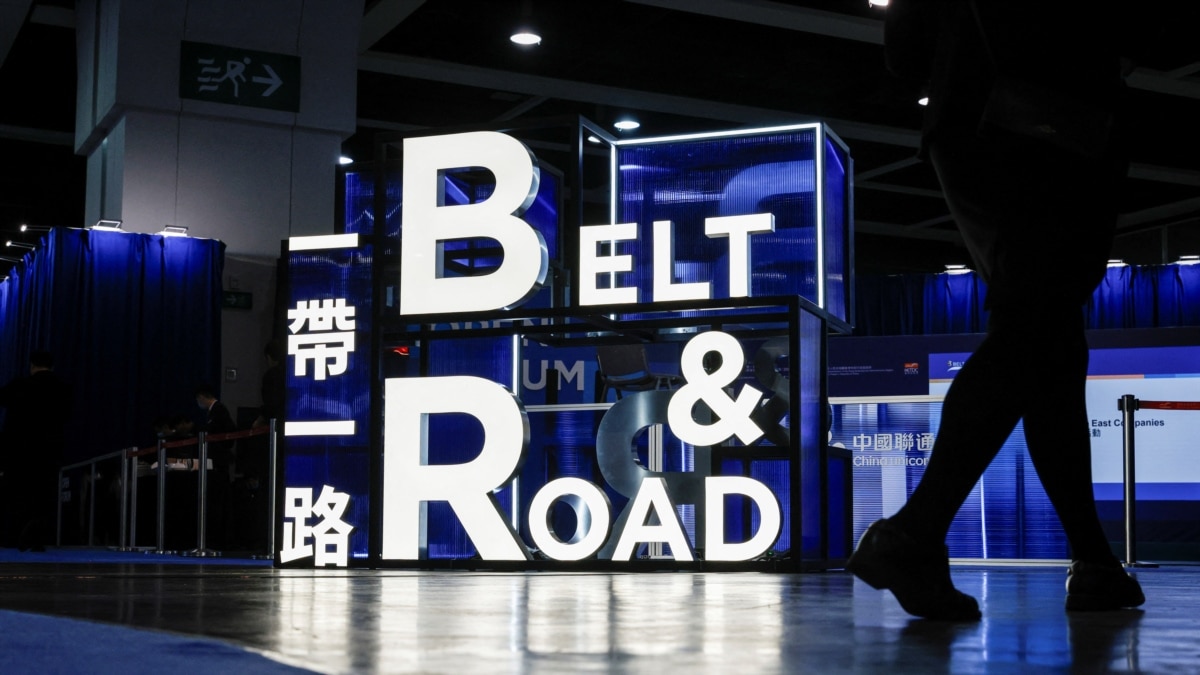China's Belt and Road Initiative is facing challenges and losing steam due to economic downturn, rising debt, defaults, and the impact of COVID-19, prompting a rethink by Beijing to boost profitability and address concerns about the debt burden on participating countries.
President Biden aims to offer alternative funding options to fast-growing economies in Africa, Latin America, and Asia at the G20 meeting in India, in an attempt to counter China's Belt and Road project, which has left many countries in debt.
China is redesigning its Belt and Road Initiative (BRI) to save it from criticism and growing skepticism at home amid a slowing economy, shifting towards smaller projects with quicker benefits and a greater sense of ownership for local people.
The US, Saudi Arabia, India, and other nations are discussing a potential infrastructure deal to enhance trade between the Gulf and South Asia through railways and ports, in an effort to counter China's Belt and Road initiative.
US President Joe Biden described India's plan to build a rail and shipping corridor linking India with the Middle East and Europe as a "game-changing investment" during the G20 Summit, aiming to boost trade, transport energy resources, and improve digital connectivity.
The India-Middle East-Europe Economic Corridor (IMEC), considered an alternative to China's Belt and Road Initiative, is being hailed as the "largest cooperation project in our history" by Israeli Prime Minister Benjamin Netanyahu, who believes it will reshape the Middle East and benefit the entire world.
The proposed India-Middle-East-Europe Corridor, seen as a rival to China's Belt And Road Project, will be a bankable project that brings in revenue and avoids the debt trap, according to Railway Minister Ashwini Vaishnaw.
With the right reforms, India has the potential to become the next engine of global growth, benefiting from major economic re-alignments caused by China's slowdown and the US diversifying its supply chains. Major corporations are already investing in India, recognizing its potential. However, India needs to overcome challenges such as high tariffs, infrastructure improvements, and regional cooperation to fully realize its manufacturing potential and attract foreign investment.
Major U.S. companies are increasingly seeking manufacturing alternatives in countries like India to diversify their supply chains and reduce dependence on China due to the pandemic and escalating tensions between Washington and Beijing.
Saudi Arabia's Crown Prince Mohammed bin Salman's attendance at the recent G20 summit in India, along with its inclusion in the China-dominated BRICS coalition and signing of the ship-to-rail economic corridor supported by President Joe Biden, highlights the complex web of alliances and economic opportunities arising from the rivalry between the US and China. These developments show the various economies caught between the two powers seeking to build their own strategic alliances and spheres of influence.
Western countries have an opportunity with the Partnership for Global Infrastructure and Investment (PGII) to counter China's struggling Belt and Road Initiative by providing a credible infrastructure plan for developing countries, but the financing and transparency of the PGII still need to be addressed.
China's Belt and Road Initiative, which celebrates its 10th anniversary, is facing waning domestic support despite its touted economic benefits, according to The Economist's Beijing bureau chief and senior China correspondent.
China's Belt and Road Initiative (BRI) was initially an economic plan to overcome China's economic challenges, but it has evolved into a geopolitical strategy, unsettling Western nations as China aims to expand its influence and showcase a different model of development, although its ambitions are still primarily focused on its own region. China's engagement with the world through the BRI has both benefits and costs, leading some countries to reassess their dependence on China.
China's Belt and Road Initiative (BRI) has led to the construction of infrastructure projects in developing countries, such as the China Pakistan Economic Corridor (CPEC), but these projects have been plagued by corruption, delays, and other issues, leaving many countries deeply indebted to China with little economic benefit to show for it.
